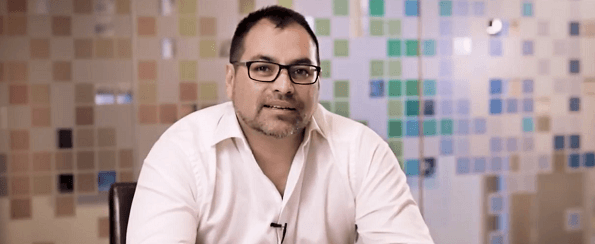Although most patients with hypercortisolism can be diagnosed and treated the long-term effects of hypercortisolism and its treatment are unknown.
Official Title
Long-Term Post-Operative Follow-Up of Cushing Syndrome
Conditions
– Cushing Syndrome
Study Type
Observational
Study Design
Natural History
Further Details
This study will attempt to answer the following questions: 1. What is the rate of perioperative complications? Patients with Cushing syndrome often undergo transsphenoidal surgery of the pituitary gland as treatment for the disease. During this surgical procedure the pituitary gland is reached by passing through the sphenoid bone. The risk for patients to develop hypopituitarism in the immediate postoperative period is unknown. Patients with Cushing syndrome have abnormal levels of hormones circulating in the blood and affects of the surgery are often not apparent until long after the procedure. 2. What is the recurrence rate? The recurrence rate of the disease has been estimated between 5 – 10%. However, these figures have not been confirmed. If the actual rate of recurrence is higher than estimated many patients may elect to undergo radiation therapy which has a lower rate of recurrence. 3. Do any factors in the immediate postoperative period predict who will experience a recurrence of Cushing syndrome?4. What are the long-term complications of hypercortisolism? Studies have shown that patients with hypercortisolism have a four times greater risk of death than people of the same age without hypercortisolism. Researchers tend to believe this figure is too high. However, it is well established that hypercortisolism weakens bones (decreased bone density), causes secondary hypogonadism, increases levels of fat in the blood (hyperlipidemia), and decreases thyroid function (hypothyroidism). The potential for these conditions to be reversed is not known. These questions will be addressed by blood and urine sampling in the postoperative period, and by outpatient follow-up and periodic questionnaires in the first 10 years after curative surgery for Cushing syndrome performed at the NIH. Although most patients with hypercortisolism now can be diagnosed correctly and successfully treated, the long-term sequelae of hypercortisolism and its treatment are unknown. This study addresses the following questions: 1) What is the recurrence rate after successful treatment of Cushing’s syndrome? 2) Do any factors in the immediate postoperative period predict recurrence of Cushing’s syndrome? 3) What are the long-term complications of hypercortisolism in terms of mortality, morbidity, return of endocrine function and bone density? and 4) What is the quality of life for patients after surgical treatment of Cushing’s syndrome? While most of these questions relate specifically to the care of patients with Cushing syndrome, the final question has relevance to the many patients rendered Cushingoid by the therapeutic use of glucocorticoids. These questions will be addressed by blood and urine sampling in the post-operative period, and by outpatient follow-up and periodic questionnaires in the first 20 years after curative surgery for Cushing syndrome performed at the NIH.
Study Start
Eligibility & Criteria
Genders Eligible for Study: Both Criteria INCLUSION CRITERIA:Patients with Cushing syndrome documented at the NIH will be recruited into this protocol prior to surgery intended to cure Cushing syndrome selectively. Thus, patients undergoing transsphenoidal exploration for resection of an adenoma, or unilateral adrenalectomy for an adenoma, or resection of a tumor producing ACTH ectopically will be candidates for this study. We will also recruit as many of the 500 patients treated since 1983 as possible, so as to have a group of “late follow-up” patients. These individuals will participate primarily by questionnaire.Hematocrit about 30%. A CBC will be obtained prior to entering the study. Patients with hematocrit above 30% will be accepted into the study; iron replacement will be given to those patients with low TIBC.Ages 18 – 85. Children less than 18 are being studied under other protocols and the questionnaire has not been validated for younger individuals.For the questionnaire portion of the protocol there is an additional inclusion criterion:Patients must be able to read and write in English.EXCLUSION CRITERIA:There are no formal exclusion criteria, if the patient meets the inclusion criteria above. All ethnic groups and both genders will be recruited. However, patients may be withdrawn from the study by the PI if they are unable to meet study requirments, such as mailing questionnaires.
Total Enrolment
500
Contact Details
[1] National Institute of Child Health and Human Development (NICHD), 9000 Rockville Pike, Bethesda, Maryland
All content and media on the HealthEngine Blog is created and published online for informational purposes only. It is not intended to be a substitute for professional medical advice and should not be relied on as health or personal advice. Always seek the guidance of your doctor or other qualified health professional with any questions you may have regarding your health or a medical condition. Never disregard the advice of a medical professional, or delay in seeking it because of something you have read on this Website. If you think you may have a medical emergency, call your doctor, go to the nearest hospital emergency department, or call the emergency services immediately.







